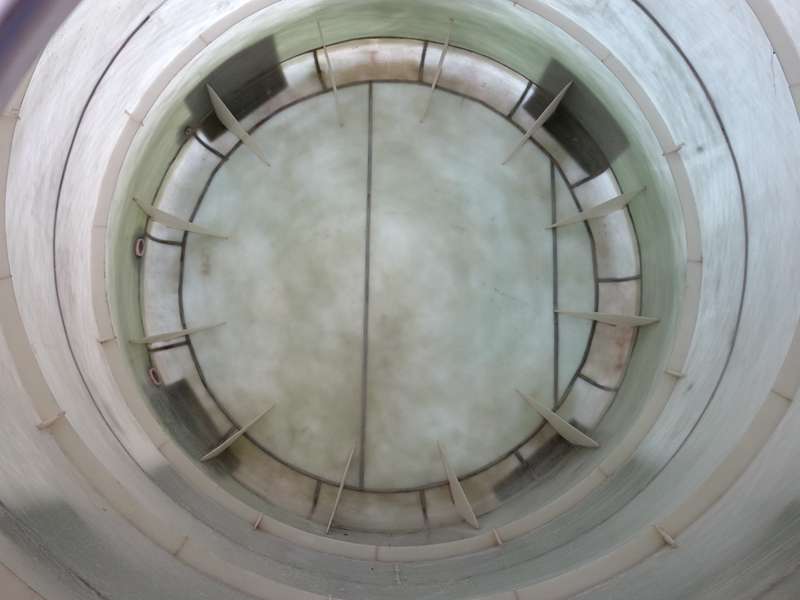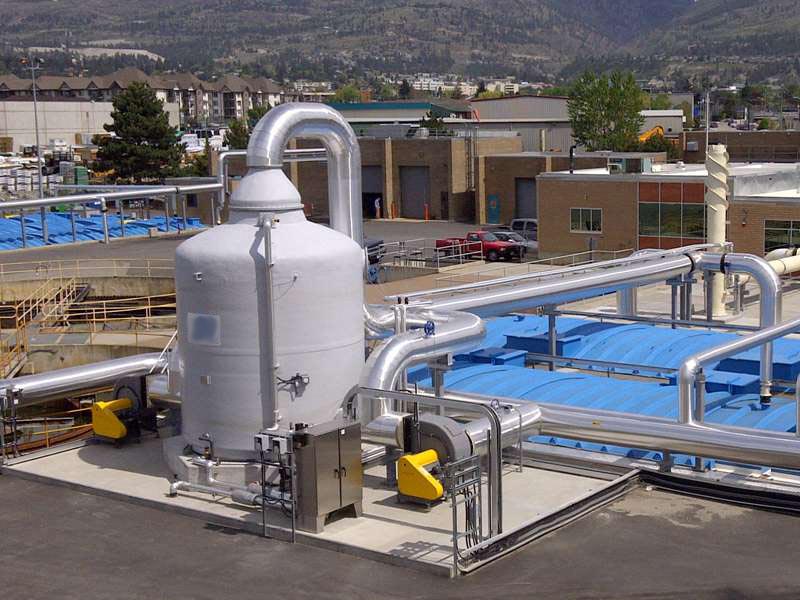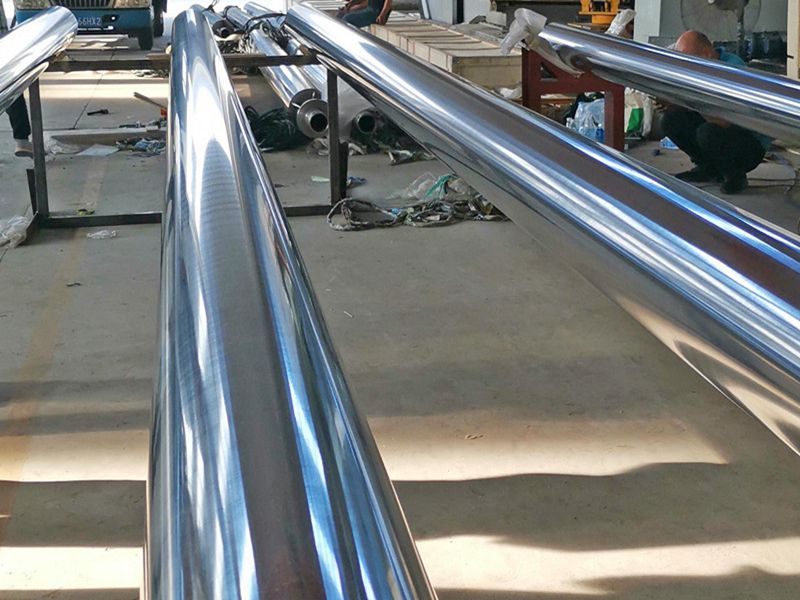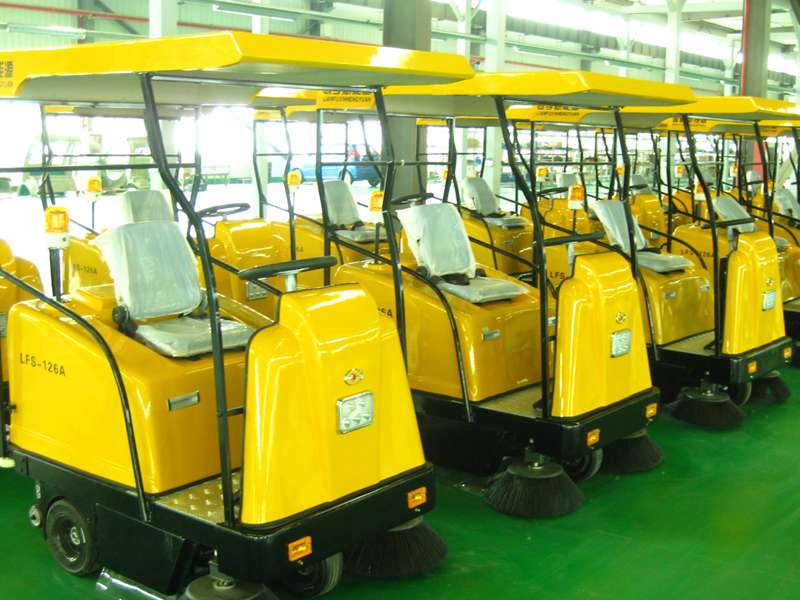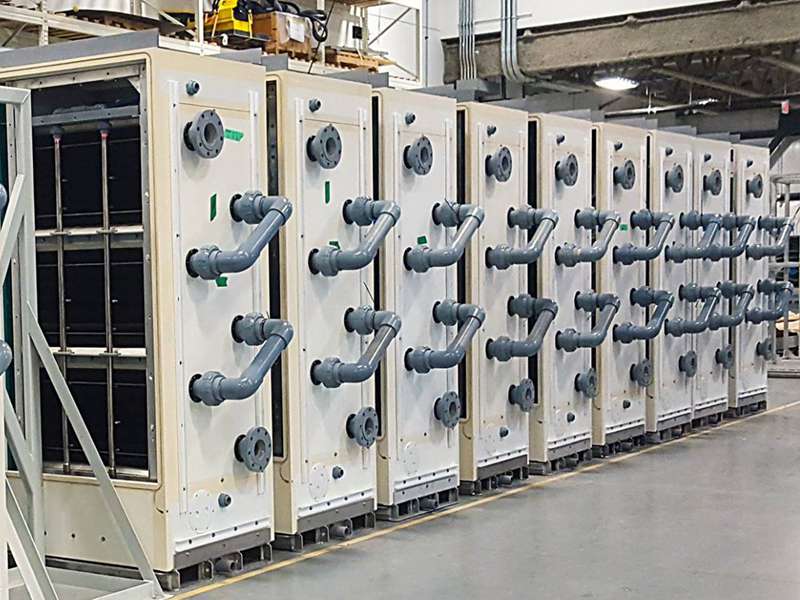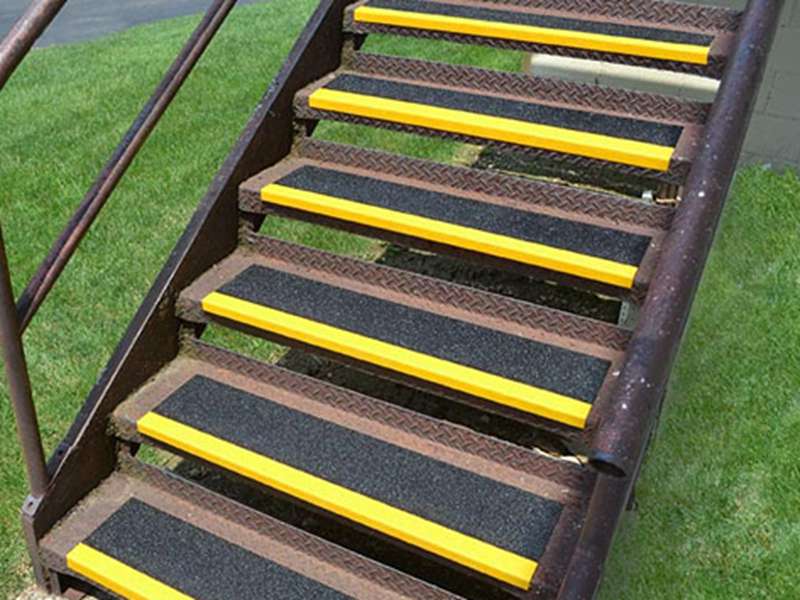
-
 Afrikaans
Afrikaans -
 Albanian
Albanian -
 Amharic
Amharic -
 Arabic
Arabic -
 Armenian
Armenian -
 Azerbaijani
Azerbaijani -
 Basque
Basque -
 Belarusian
Belarusian -
 Bengali
Bengali -
 Bosnian
Bosnian -
 Bulgarian
Bulgarian -
 Catalan
Catalan -
 Cebuano
Cebuano -
 China
China -
 China (Taiwan)
China (Taiwan) -
 Corsican
Corsican -
 Croatian
Croatian -
 Czech
Czech -
 Danish
Danish -
 Dutch
Dutch -
 English
English -
 Esperanto
Esperanto -
 Estonian
Estonian -
 Finnish
Finnish -
 French
French -
 Frisian
Frisian -
 Galician
Galician -
 Georgian
Georgian -
 German
German -
 Greek
Greek -
 Gujarati
Gujarati -
 Haitian Creole
Haitian Creole -
 hausa
hausa -
 hawaiian
hawaiian -
 Hebrew
Hebrew -
 Hindi
Hindi -
 Miao
Miao -
 Hungarian
Hungarian -
 Icelandic
Icelandic -
 igbo
igbo -
 Indonesian
Indonesian -
 irish
irish -
 Italian
Italian -
 Japanese
Japanese -
 Javanese
Javanese -
 Kannada
Kannada -
 kazakh
kazakh -
 Khmer
Khmer -
 Rwandese
Rwandese -
 Korean
Korean -
 Kurdish
Kurdish -
 Kyrgyz
Kyrgyz -
 Lao
Lao -
 Latin
Latin -
 Latvian
Latvian -
 Lithuanian
Lithuanian -
 Luxembourgish
Luxembourgish -
 Macedonian
Macedonian -
 Malgashi
Malgashi -
 Malay
Malay -
 Malayalam
Malayalam -
 Maltese
Maltese -
 Maori
Maori -
 Marathi
Marathi -
 Mongolian
Mongolian -
 Myanmar
Myanmar -
 Nepali
Nepali -
 Norwegian
Norwegian -
 Norwegian
Norwegian -
 Occitan
Occitan -
 Pashto
Pashto -
 Persian
Persian -
 Polish
Polish -
 Portuguese
Portuguese -
 Punjabi
Punjabi -
 Romanian
Romanian -
 Russian
Russian -
 Samoan
Samoan -
 Scottish Gaelic
Scottish Gaelic -
 Serbian
Serbian -
 Sesotho
Sesotho -
 Shona
Shona -
 Sindhi
Sindhi -
 Sinhala
Sinhala -
 Slovak
Slovak -
 Slovenian
Slovenian -
 Somali
Somali -
 Spanish
Spanish -
 Sundanese
Sundanese -
 Swahili
Swahili -
 Swedish
Swedish -
 Tagalog
Tagalog -
 Tajik
Tajik -
 Tamil
Tamil -
 Tatar
Tatar -
 Telugu
Telugu -
 Thai
Thai -
 Turkish
Turkish -
 Turkmen
Turkmen -
 Ukrainian
Ukrainian -
 Urdu
Urdu -
 Uighur
Uighur -
 Uzbek
Uzbek -
 Vietnamese
Vietnamese -
 Welsh
Welsh -
 Bantu
Bantu -
 Yiddish
Yiddish -
 Yoruba
Yoruba -
 Zulu
Zulu
Premium Custom Covers for All Purposes - Durable & Weatherproof
The industrial landscape is rapidly evolving, demanding advanced protection solutions for sensitive and critical systems. Covers stand at the forefront of this transformation, offering robust defense against environmental threats, mechanical impacts, and chemical exposure. In this comprehensive guide, we’ll dive into the latest trends, state-of-the-art technologies, manufacturing details, and real-world cases for Covers, underpinning our insights with real industry data and comparative analysis to maximize user trust and empower your project decisions.
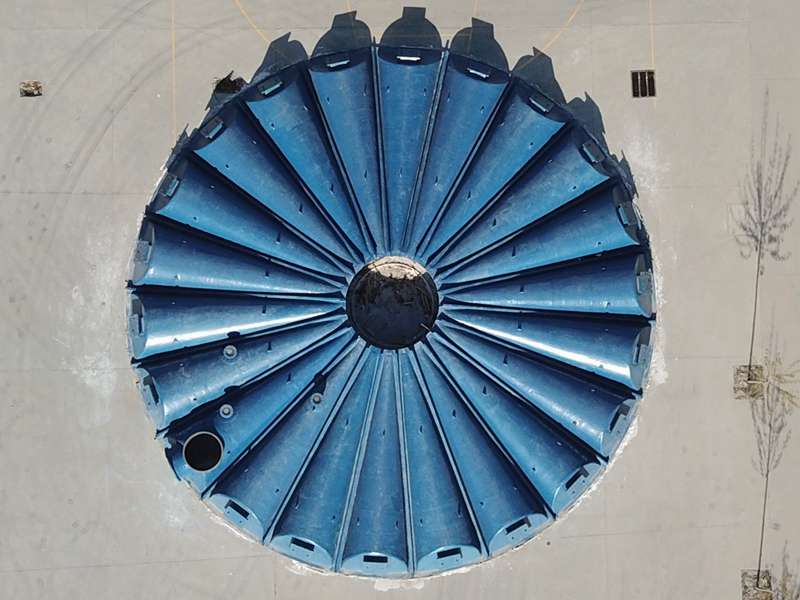
Industry Trends: The Growing Role of Covers
According to the MarketsandMarkets FRP Industry Report 2023, the global demand for advanced Covers—especially those made from glass-reinforced plastics (GRP/FRP)—is projected to grow at a CAGR of 6.3% through 2027. Sectors such as petrochemicals, metallurgy, and public infrastructure are increasingly specifying high-performance Covers due to stringent safety, anti-corrosion, and energy efficiency standards.
- Rising adoption in petrochemical plants and municipal water facilities
- Shift toward composite and high-pressure resistance materials
- Increased regulations for workplace & environmental safety (ISO 14692, ANSI/NSF 61)
Technical Specifications of Covers: Key Parameters Comparison
Exact performance often determines the suitability of a Covers solution for a given application. Below is a comparative table of typical Covers types and their technical specifications. All data are aggregated from certified manufacturers & field testing benchmarks.
| Type | Material | Compression Strength (MPa) |
Operating Temp (°C) |
Chemical Resistance | Standard | Service Life (years) |
Weight (kg/m²) |
|---|---|---|---|---|---|---|---|
| Covers (FRP) | Fiberglass Reinforced Polymer | >220 | -40~140 | Excellent (Acids, Bases, Salt) | ISO 14692/ANSI | 30 | 6.4 |
| Stainless Steel Cover | SS304/SS316 | >380 | -80~300 | Very Good | ASME VIII | 20 | 14.7 |
| Cast Iron Cover | Ductile Iron (QT500-7) | 330 | -20~300 | Good | EN 124 | 15 | 27.1 |
| Polymer Concrete Cover | Polymer Concrete + GRC | 165 | -40~90 | Good | EN 1433 | 30 | 8.8 |
Covers Manufacturing Process Explained
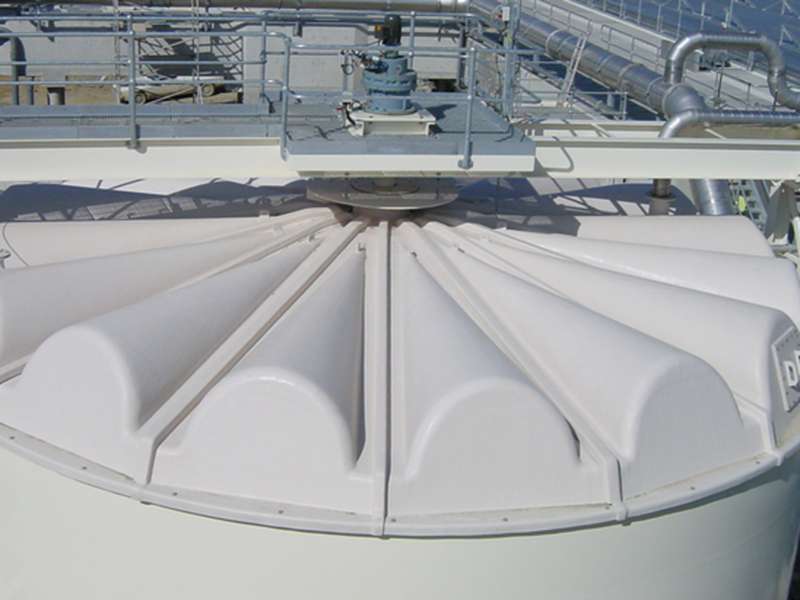 Raw Material
Raw MaterialSelection (Fiber, Resin, Additives)
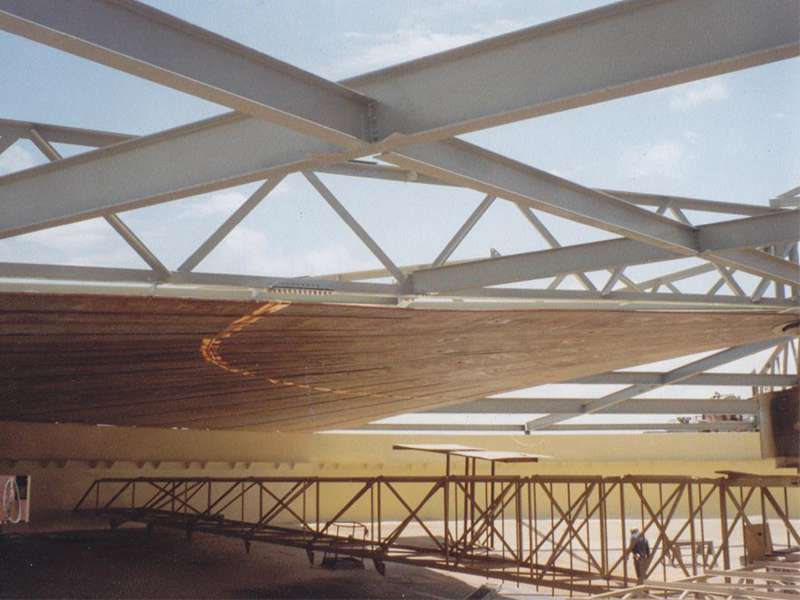 Molding
Molding & Layup (RTM/Pultrusion, Vacuum)
 CNC Trimming
CNC Trimming& Curing (Edge Cutting, Final Shape)
 Testing & QC
(ISO, Hydro-Test)
Testing & QC
(ISO, Hydro-Test)
- Materials: High-grade resins (vinyl ester, epoxy), glass/carbon fibers
- Craft: RTM, pultrusion, hand lay-up, CNC post-processing
- Standards Met: ISO 14692, EN 124, ASTM D256, ANSI/NSF 61
- Service Life: Typically 30+ years (validated by accelerated weathering tests)
These process steps are strictly monitored with physical, hydrostatic, and corrosion-resistant testing in accordance with the above certifications, ensuring longevity and optimum performance for all types of Covers.
Data Visualization: Covers Technology Trends & Performance
Covers: Application Scenarios & Competitive Advantages
Covers have found widespread adoption across sectors requiring stringent safety, chemical, and mechanical protection. Their unique combination of lightweight, corrosion resistance, form-fit manufacturing, and exceptional dielectric properties distinguishes them from conventional metallic alternatives.
- Petrochemical containment and vapor control
- Municipal wastewater and drainage systems (odor control, easy opening)
- Metallurgical equipment guards (arc and spark protection)
- Electrical substation shields (non-conductive insulation)
- Telecommunications trench covers (signal insulation, anti-theft)
- Cleanrooms, pharmaceutical & food-processing (FDA/ISO compliant)
- Marine and offshore platforms (saltwater corrosion proof)

Key Advantages over Conventional Covers
- Corrosion Resistance: Non-metallic matrices ensure Covers remain unaffected in aggressive acidic, alkaline, and saline environments, delivering lowest lifecycle costs (Data: Corrosionpedia FRP Data).
- Dielectric Properties: Non-conductive (dielectric strength up to 12kV/mm), safeguard electrical installations per IEC 60243.
- Weight Efficiency: Nearly 50-70% lighter than steel/cast iron, streamlining transport and installation, saving man-hours and equipment cost.
- Moldability: Custom shapes and embedded logo/labeling for tailored project requirements and anti-theft features.
- Safety: Anti-slip, flame-retardant, and zero recycling targets in line with future environmental directives.
- Eco Sustainability: Long lifespan reduces replacement frequency and carbon footprint.
Vendor Comparison: Leading Covers Manufacturers
| Manufacturer | Main Material | ISO/ANSI Certifications | Custom Service | Export Destinations | Trusted Clients |
|---|---|---|---|---|---|
| JRain FRP |
FRP/GRP | ISO 14692, ANSI/NSF 61 | Yes | Asia, EU, US | PetroChina, Veolia |
| Fibertech Inc. | Composite, Stainless | ISO 9001 | Yes | US, LatAm | Dow, Suez |
| ACO Group | Polymer Concrete | EN 1433 | Partly | EU, Middle East | BASF, ArcelorMittal |
| Hauraton | GRC, Cast Iron | ISO 9001 | Partly | EU, Asia, NA | Toyota, Vinci |
Custom Solutions and Delivery Commitment
Covers are tailored for every project’s unique requirements—be it size, static load, color coding, chemical exposure, or anti-slip surface patterns. Our engineering team follows a consultative approach for specification, wind/safety calculations, and custom logo or track insertions. All Covers undergo precise CNC trimming and pass both destructive and non-destructive tests to ensure full compliance with customer and international standards.
- Standard lead time: 2-5 weeks (project size dependent)
- Warranty: Up to 12 years structural, 3 years surface integrity
- Post-sales support: Free engineering advice, on-site installation guidance, 48-hour response for technical queries
- Customization: Any shape, color (RAL/PANTONE), company logo, anti-theft bolts

Real-World Use Cases: Covers in Action
- Client: PetroChina
- Solution: 700m² of anti-slip, GRP Covers for vapor emission prevention
- Result: Reduced maintenance costs by 62% over 5 years, zero corrosion failures reported
- Installed: 1200+ Covers in manholes and pump stations, custom-logo anti-theft design
- Outcome: Improved odor control, reduced theft to zero, forum user feedback: “Easiest installation & best durability seen so far”
- Used: FRP Covers for 18 stations, rated 12kV insulation
- Feedback: “No degradation under high humidity, enhances technician safety” - China Southern Grid
- Certification: Third-party inspection: Dielectric & flame-resistance per IEC 60243, ASTM E84
Professional FAQs: Covers Technology Explained
Delivery, Warranty, and Support
- Typical Delivery Time: 2-5 weeks for standard and custom orders. Large projects may require phased delivery.
- Warranty Commitment: 12 years on structure, 3 years on anti-slip surface retention.
- After-Sales Service: 24/7 customer portal, onsite installation training for large public sector contracts.
- Certifications Supplied: ISO/EN/FDA certificates, third-party inspection on request.
Covers from JRain FRP have supplied over 18,000 units globally, with a return defect rate below 0.03%, underlining reliability and customer satisfaction.
Latest news
-
Premium Custom Covers for All Purposes - Durable & WeatherproofNewsJul.28,2025
-
Large Size Field Tanks for Industrial & Agricultural Storage SolutionsNewsJul.28,2025
-
High-Efficiency Scrubbers for Industrial Air Pollution ControlNewsJul.27,2025
-
High-Quality Mandrels and Molds for Precision ManufacturingNewsJul.26,2025
-
High-Performance Fans, Dampers & Demisters for Industrial SolutionsNewsJul.25,2025
-
High-Quality Fittings for Plumbing, HVAC & Industrial NeedsNewsJul.24,2025


